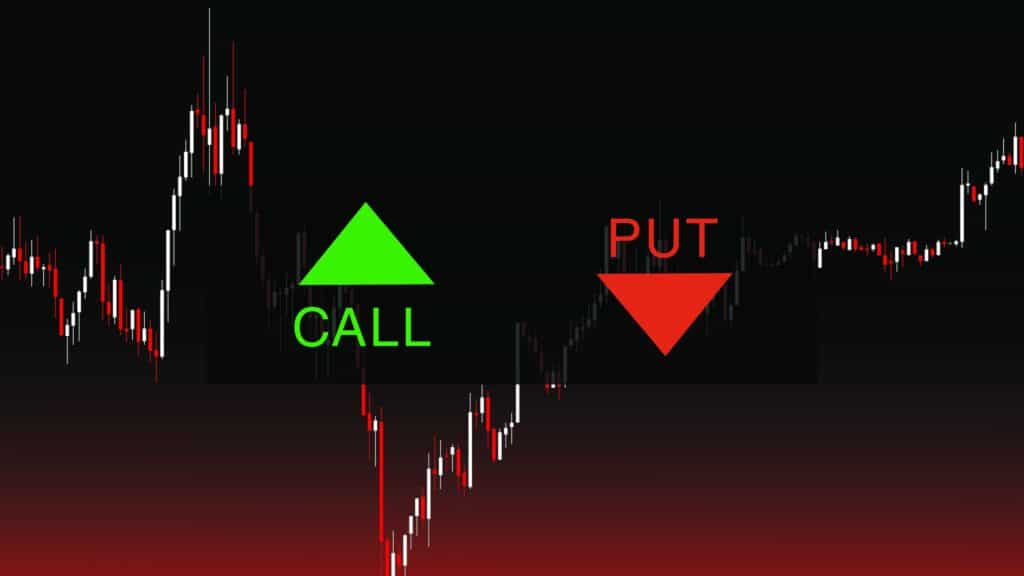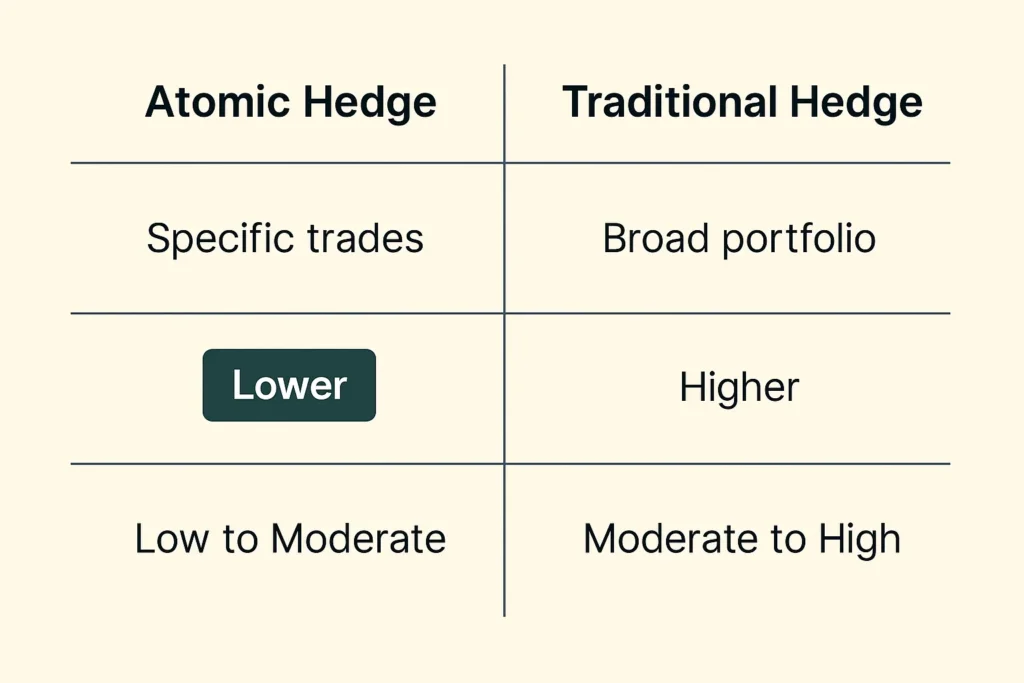Stop Bleeding Your Trading Account
Stop Bleeding Your Trading Account
Essential Trading Risk Management Strategies

Introduction: The Importance of Trading Risk Management
In the world of trading, success isn’t just about making profitable trades—it’s also about protecting your capital. Trading risk management is the key to long-term success in the markets. Without effective risk management strategies, even the most promising trading account can quickly bleed out, leaving you with devastating losses. In this comprehensive guide, we’ll explore practical approaches to implement robust trading risk management techniques, stop the bleeding in your account, and enhance your overall trading performance.
Understanding Trading Risk Management: The Foundation of Successful Trading
What is Trading Risk Management?
Trading risk management involves identifying, assessing, and controlling potential losses in trading activities. It’s a critical aspect of trading that often separates successful traders from those who struggle to maintain profitability. Effective trading risk management strategies protect your trading capital, ensure consistent performance, and help you navigate the unpredictable waters of financial markets.
Key Components of Trading Risk Management
- Position sizing
- Stop-loss orders
- Diversification
- Emotional discipline
- A comprehensive trading plan
By incorporating these elements into your trading approach, you can significantly reduce the risk of catastrophic losses and create a more sustainable trading career.
Essential Trading Risk Management Techniques
1. Position Sizing: The Cornerstone of Trading Risk Management
Position sizing is perhaps the most crucial aspect of trading risk management. It determines how much capital you risk on each trade relative to your overall account size and risk tolerance.
Why is Position Sizing Important in Trading Risk Management?
- Limits exposure: Proper position sizing ensures that no single trade can significantly deplete your account.
- Preserves capital: By risking only a small percentage of your account on each trade, you can withstand a series of losing trades without decimating your capital.
- Enhances longevity: Effective position sizing allows you to stay in the game longer, increasing your chances of overall profitability.
How to Implement Effective Position Sizing
- The 1% rule: Many traders adhere to the 1% rule, never risking more than 1% of their total account value on a single trade.
- Account for volatility: Adjust your position size based on the volatility of the asset you’re trading. More volatile assets may require smaller position sizes.
- Use position sizing calculators: Leverage online tools or trading software that can help you determine appropriate position sizes based on your risk parameters.
2. Stop-Loss Orders: A Vital Tool in Trading Risk Management
Stop-loss orders are automatic instructions to close a trade when the market moves against your position by a predetermined amount. They are a critical component of any trading risk management strategy.
The Role of Stop-Loss Orders in Trading Risk Management
- Limit losses: Stop-loss orders cap your potential losses on any given trade.
- Remove emotion: By setting stop-loss orders in advance, you remove the emotional decision-making that often leads to larger losses.
- Protect profits: Trailing stop-loss orders can help you lock in profits as the market moves in your favor.
Best Practices for Using Stop-Loss Orders
- Set realistic stop-loss levels: Place your stop-loss at a level that gives your trade room to breathe but still protects your capital.
- Avoid placing stops at obvious levels: Many traders place their stops at round numbers or obvious support/resistance levels. Consider placing your stops just beyond these points to avoid being “stopped out” prematurely.
- Use a combination of technical and volatility-based stops: Consider both technical levels and the asset’s average true range (ATR) when setting stop-loss orders.
3. Diversification: Spreading Risk in Trading Risk Management
Diversification is a key principle in trading risk management that involves spreading your trading capital across different asset classes, sectors, or strategies.
Benefits of Diversification in Trading Risk Management
- Reduces overall portfolio risk: By not putting all your eggs in one basket, you can mitigate the impact of poor performance in any single area.
- Smooths out returns: Diversification can help balance out the peaks and troughs in your trading performance.
- Provides opportunities: A diversified approach allows you to capitalize on opportunities across different markets and conditions.
Strategies for Effective Diversification
- Trade different asset classes: Consider trading a mix of stocks, forex, commodities, and cryptocurrencies.
- Explore various sectors: If focusing on stocks, spread your trades across different industry sectors.
- Implement multiple strategies: Don’t rely on a single trading strategy. Combine trend-following, mean reversion, and other approaches.
4. Emotional Discipline: The Psychological Aspect of Trading Risk Management
Emotional discipline is often overlooked in trading risk management, but it’s crucial for long-term success. The ability to control your emotions and make objective trading decisions can prevent impulsive actions that lead to significant losses.
Why Emotional Discipline Matters in Trading Risk Management
- Prevents overtrading: Emotional discipline helps you avoid the temptation to trade excessively, which can increase your risk exposure.
- Maintains consistency: By staying emotionally balanced, you can stick to your trading plan and risk management rules more effectively.
- Improves decision-making: Emotional control allows for more rational, data-driven trading decisions.
Techniques to Enhance Emotional Discipline
- Practice mindfulness: Incorporate meditation or mindfulness exercises into your daily routine to improve emotional control.
- Keep a trading journal: Document your trades, including your emotional state, to identify patterns and areas for improvement.
- Set clear rules: Establish and follow strict trading rules to remove emotional decision-making from your process.
5. Establishing a Comprehensive Trading Plan: The Blueprint for Trading Risk Management
A well-defined trading plan is the foundation of effective trading risk management. It outlines your trading goals, risk management guidelines, and specific strategies.
Elements of a Robust Trading Plan for Risk Management
- Clear trading goals: Define both short-term and long-term objectives for your trading activities.
- Risk management rules: Specify your position sizing, stop-loss, and risk-reward parameters.
- Entry and exit criteria: Clearly define the conditions under which you’ll enter and exit trades.
- Trading strategies: Detail the specific strategies you’ll use, including the markets and timeframes you’ll trade.
- Performance metrics: Establish how you’ll measure and track your trading performance.
Implementing Your Trading Plan
- Review regularly: Periodically review and update your trading plan to ensure it remains relevant and effective.
- Backtesting: Test your trading plan on historical data to validate its effectiveness before risking real capital.
- Stick to the plan: Discipline yourself to follow your trading plan consistently, especially during challenging market conditions.
Advanced Trading Risk Management Strategies
Hedging: Mitigating Risk in Volatile Markets
Hedging is an advanced trading risk management technique that involves taking offsetting positions to reduce the risk of adverse price movements.
Hedging Strategies for Trading Risk Management
- Options hedging: Use options to protect your portfolio against potential downside risk.
- Pair trading: Take opposing positions in correlated assets to profit from the relative performance difference while reducing overall market exposure.
- Diversification across timeframes: Combine long-term positions with short-term trades to balance out market fluctuations.
Risk-Reward Ratio: Optimizing Your Trading Risk Management
The risk-reward ratio is a fundamental concept in trading risk management that compares the potential profit of a trade to its potential loss.
Implementing Risk-Reward Ratios in Your Trading
- Aim for positive ratios: Strive for risk-reward ratios of at least 1:2 or higher, meaning your potential profit is at least twice your potential loss.
- Adjust based on win rate: Consider your historical win rate when setting risk-reward ratios. A lower win rate may require higher ratios to remain profitable.
- Use risk-reward ratios to filter trades: Only take trades that meet your minimum risk-reward criteria to optimize your overall risk management.
Conclusion: Mastering Trading Risk Management for Long-Term Success
Effective trading risk management is the cornerstone of successful trading. By implementing strategies such as proper position sizing, stop-loss orders, diversification, emotional discipline, and a comprehensive trading plan, you can protect your trading capital and enhance your performance in the markets.
Remember that trading risk management is an ongoing process. Continuously evaluate and refine your approach based on your trading results and changing market conditions. Stay disciplined, commit to your risk management strategies, and prioritize capital preservation alongside profit generation.
By mastering trading risk management, you’ll not only stop the bleeding in your account but also set yourself up for sustainable, long-term success in the challenging world of trading. Keep learning, stay adaptable, and always put risk management at the forefront of your trading approach.
Check out our article on:
- Introduction to Options Trading
- Mastering Butterfly Spreads
- The Power of Diagonal Spreads
- The Power of Iron Condors
- The Power of Vertical Credit Spreads
Elevate Your Trading Game
Ready to take your options trading to new heights? Whether you’re a day trader, swing trader, or busy professional, we have you covered. Join our exclusive community of traders and gain access to our comprehensive educational resources, live trading sessions, and expert analysis. We’ll guide you through the intricacies of debit spreads and other advanced options strategies, helping you achieve your financial goals. Don’t miss out on this opportunity to become a more confident and profitable trader. Sign up today!
Below are the links:
To your success,

Billy Ribeiro is a renowned name in the world of financial trading, particularly for his exceptional skills in options day trading and swing trading. His unique ability to interpret price action has catapulted him to global fame, earning him the recognition of being one of the finest price action readers worldwide. His deep comprehension of the nuances of the market, coupled with his unparalleled trading acumen, are widely regarded as second to none.
Connect with us:




